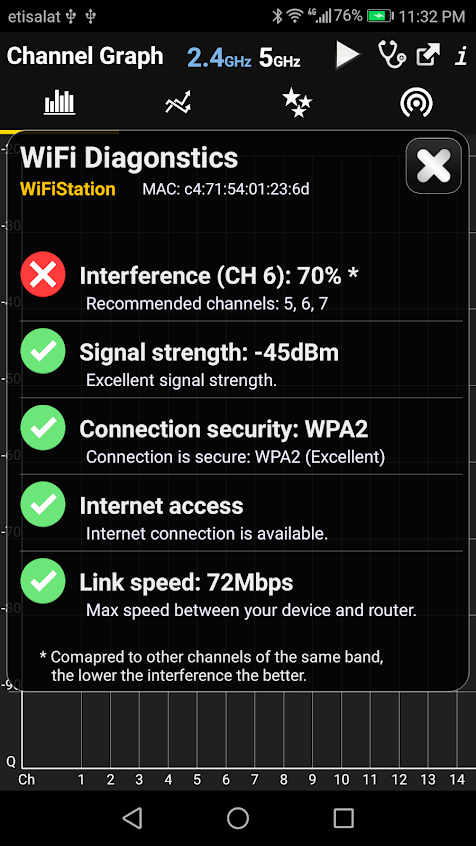
- #MAC OS HTTP SNIFFER HOW TO#
- #MAC OS HTTP SNIFFER FOR MAC OS X#
- #MAC OS HTTP SNIFFER INSTALL#
- #MAC OS HTTP SNIFFER PATCH#
#MAC OS HTTP SNIFFER INSTALL#
When install HTTP Sniffer on the Mac, it will also bring many of its supported files to the Mac, including application support files, preferences, caches etc. Hard to uninstall HTTP Sniffer from Mac? Don't know where the file is or where to start the removal? This post is all about the how-to guides to help you remove this program from Mac.

#MAC OS HTTP SNIFFER HOW TO#
This way, only users in the “wireshark” group will be able to read from the BPF devices in Mac OS X, and you can still use your Mac as a non-admin user while packet sniffing.Uninstall HTTP Sniffer Guides – How to Remove HTTP Sniffer for Mac Once that’s done, load the launchd job by opening the Terminal and running the following command as an administrator: sudo launchctl -w load /Library/LaunchDaemons/
#MAC OS HTTP SNIFFER FOR MAC OS X#
((As of this writing, the official Wireshark package for Mac OS X will create a group named access_bpf for this purpose, basically equivalent to what I’ve named my wireshark group.))Īll you have to do is create a group named “wireshark” on your Mac, and add any user you want to give packet sniffing permissions to it.
#MAC OS HTTP SNIFFER PATCH#
Unlike the original MacPorts patch and the old Wireshark package, this job changes the group ownership of /dev/bpf* to a group named wireshark. Save the above property list as a file named (or something equally meaningful to you) and place it in your Mac’s /Library/Documents/LaunchDaemons folder. usr/sbin/chown root:wireshark /dev/bpf* /bin/chmod g+r /dev/bpf* Here’s one minimally modified from a MacPorts patch for this issue: To fix that, you can mimic Wireshark’s own startup item with a Mac OS X launchd job. That’ll work, but you’ll have to chmod them after every reboot. Most of the solutions on the Web will also just tell you to chmod the /dev/bpf* devices.

This will likely result in a common “no capture interfaces available” error in Wireshark itself. Moreover, if you’re using an unofficial Wireshark package on Mac OS X, such as one obtained through MacPorts (as I am), then you may not even have Wireshark’s startup item. Instead, I use a “standard†account and would recommend you do the same. Using your computer day-to-day as an admin user is generally a very bad idea because it means one wrong click has a much greater chance of causing problems. Therefore, we supply a “startup item” for OS X that will change the ownership of the BPF devices so that the “admin” group owns them, and will change the permission of the BPF devices to rw-rw-, so that all users in the “admin” group – i.e., all users with “Allow user to administer this computer” turned on – have both read and write access to them. On Mac OS X, the BPF devices live on devfs, but the OS X version of devfs is based on an older (non-default) FreeBSD devfs, and that version of devfs cannot be configured to set the permissions and/or ownership of those devices.

Although it seems the official Wireshark package recently lifted the requirement of an admin user, its Mac OS X readme used to say: Some builds for Mac OS X, however, expect you to run Wireshark from an admin user account in order to actually capture network packets. Installing Wireshark is easy enough since various installers are probably already available for your system. It’s an industry-standard, open source packet sniffer that you can use for fun and profit. The best general purpose tool for inspecting network activity has gotta be Wireshark.

If you’re anything like me, you often run into a computer problem or five that could be diagnosed more quickly by taking a peek at activity on the network.


 0 kommentar(er)
0 kommentar(er)
